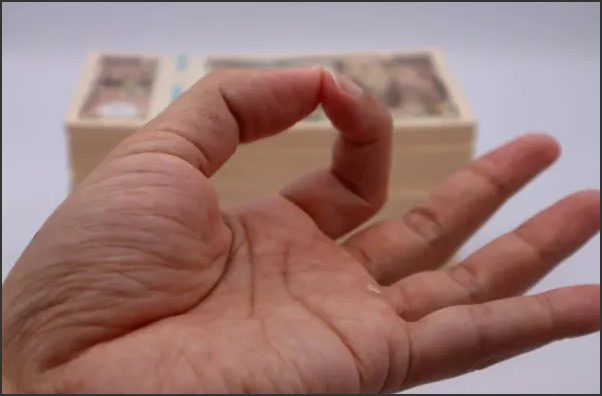Tag Archives: Japan white hands
Japan White Hands: Symbolism and Cultural Significance

Source : https://i0.wp.com
Japan white hands is a traditional Japanese hand gesture that has been used for centuries to express a variety of emotions and meanings. It is a gesture of respect, humility, and gratitude, and is often used in ceremonies and rituals. The gesture is also used to express joy, sorrow, and even apology. The symbolism of Japan white hands is deeply rooted in the culture and history of Japan, and it is an important part of the country’s cultural identity. This article will explore the symbolism and cultural significance of Japan white hands, as well as its history and usage.
Exploring the Meaning Behind Japan’s White Hands: A Cultural Analysis
Japan’s white hands have long been a symbol of beauty and grace, and have been featured in many works of art and literature. This paper will explore the cultural significance of white hands in Japan, and how they have been used to represent different aspects of Japanese culture.
The white hand is a traditional symbol of purity and innocence in Japan. It is often associated with the concept of “mizu no kokoro”, which translates to “the heart of water”. This concept is based on the idea that water is a symbol of purity and cleanliness, and that white hands represent this purity. This symbolism is often seen in traditional Japanese art, such as ukiyo-e woodblock prints, where white hands are often depicted as a sign of beauty and grace.
White hands are also associated with the concept of “yasashisa”, which translates to “gentleness”. This concept is based on the idea that white hands represent a gentle and caring nature. This symbolism is often seen in traditional Japanese literature, such as the Tale of Genji, where white hands are used to represent a kind and compassionate character.
White hands are also associated with the concept of “shinrai”, which translates to “trust”. This concept is based on the idea that white hands represent a trustworthy and reliable nature. This symbolism is often seen in traditional Japanese art, such as kabuki theater, where white hands are used to represent a character’s trustworthiness.
Finally, white hands are also associated with the concept of “kirei”, which translates to “beauty”. This concept is based on the idea that white hands represent a beautiful and graceful nature. This symbolism is often seen in traditional Japanese art, such as ikebana flower arrangements, where white hands are used to represent a character’s beauty.
In conclusion, white hands have long been a symbol of beauty and grace in Japan, and have been used to represent different aspects of Japanese culture. From purity and innocence to gentleness and trustworthiness, white hands have been used to represent a variety of positive qualities. As such, they remain an important symbol in Japanese culture today.
The History and Significance of Japan’s White Hands in Art and Literature
Japan’s white hands have been a prominent feature in art and literature for centuries. The white hands are often seen as a symbol of purity, innocence, and beauty, and have been used to represent a variety of themes in both visual and written works.
The white hands first appeared in Japanese art during the Heian period (794-1185). During this time, the hands were used to represent the beauty of the court ladies, and were often depicted in paintings and sculptures. The hands were also used to symbolize the power of the court, as they were often seen holding a fan or a sword.
In literature, the white hands were used to represent the ideal woman. In the Tale of Genji, written by Murasaki Shikibu in the 11th century, the protagonist is often described as having white hands. This is meant to signify his beauty and nobility, as well as his power and influence.
The white hands also appear in the works of the great Japanese poet Matsuo Bashō. In his haiku, Bashō often used the white hands to represent the beauty of nature. For example, in one of his most famous haiku, he wrote: “The white hands of the cherry blossoms/ Reach out to the sky.”
The white hands have also been used to represent the fragility of life. In the works of the great Japanese novelist Natsume Sōseki, the white hands are often used to symbolize the fleeting nature of life. In his novel, I Am a Cat, Sōseki wrote: “The white hands of the cat, so delicate and fragile, seemed to be a reminder of the fragility of life.”
The white hands have been a powerful symbol in Japanese art and literature for centuries. They have been used to represent beauty, power, innocence, and the fragility of life. As such, they have become an important part of Japanese culture and have been used to convey a variety of themes and messages.Japan white hands is a powerful symbol of the Japanese culture and its values. It is a reminder of the importance of hard work, dedication, and respect for others. It is also a reminder of the importance of maintaining a sense of balance and harmony in life. The symbolism of Japan white hands is a reminder of the importance of respecting and honoring the traditions and customs of the Japanese people. It is a reminder of the importance of preserving the culture and its values for future generations.





